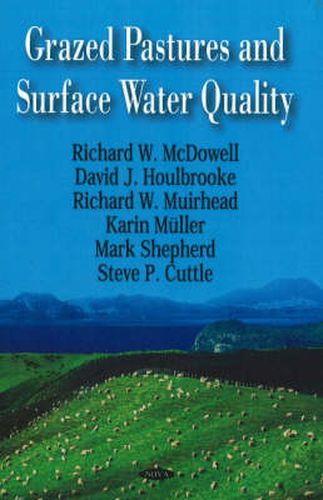Readings Newsletter
Become a Readings Member to make your shopping experience even easier.
Sign in or sign up for free!
You’re not far away from qualifying for FREE standard shipping within Australia
You’ve qualified for FREE standard shipping within Australia
The cart is loading…






This book covers the subject of grasslands used for grazing livestock. Grasslands can be split into improved and unimproved pastures (also a sub-set of rangelands). Land used for livestock industries occupy 70% agricultural land and about 40% of total land and produce 40% of agricultural gross domestic product (FAO, 2005; Steinfeld et al., 2006). Increasing populations and incomes, coupled with a change in diets and urbanisation in the developing world, is enhancing demand for pasture-based products (Devine, 2003; Schmidhuber and Shetty, 2005). For example, milk and meat production is predicted to double to just over 1 billion tonnes of milk and 465 million tonnes of meat by 2050 (Steinfeld et al., 2006). To meet these demands most effort will go into intensification of improved pastures, which translates into high stocking densities supported by large inputs of fertilisers, feed supplements and energy.
$9.00 standard shipping within Australia
FREE standard shipping within Australia for orders over $100.00
Express & International shipping calculated at checkout
This book covers the subject of grasslands used for grazing livestock. Grasslands can be split into improved and unimproved pastures (also a sub-set of rangelands). Land used for livestock industries occupy 70% agricultural land and about 40% of total land and produce 40% of agricultural gross domestic product (FAO, 2005; Steinfeld et al., 2006). Increasing populations and incomes, coupled with a change in diets and urbanisation in the developing world, is enhancing demand for pasture-based products (Devine, 2003; Schmidhuber and Shetty, 2005). For example, milk and meat production is predicted to double to just over 1 billion tonnes of milk and 465 million tonnes of meat by 2050 (Steinfeld et al., 2006). To meet these demands most effort will go into intensification of improved pastures, which translates into high stocking densities supported by large inputs of fertilisers, feed supplements and energy.